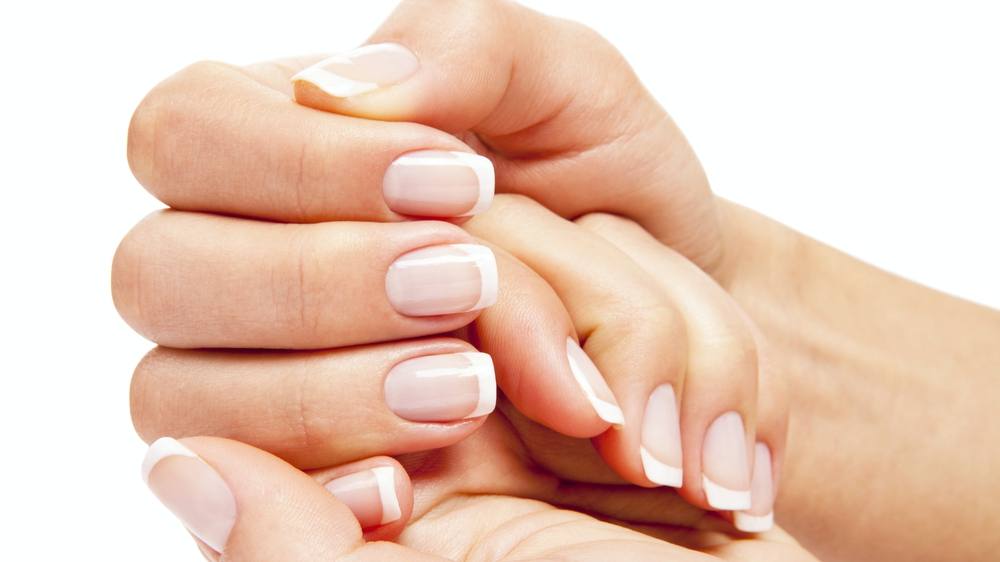-
Featured News
Women’s Wellness: Wearing artificial nails
Artificial nails, a nail enhancement that can be made from a variety of materials, aren't likely to harm healthy natural nails. However, artificial nails sometimes can cause problems, such as an infection.
Popular types of artificial nails include acrylic and gel nails. Both are made with types of acrylic, but gel nails require "curing" with ultraviolet light.
If an artificial nail is damaged or as your natural nails grow, a gap can develop between the artificial nail and your natural nail. This gap provides a moist, warm environment in which a nail infection can flourish. A nail infection also might occur if artificial nails are too long or rigid, or the nails are applied with unsanitary tools. It's also possible to have an allergic reaction to components of artificial nails or their adhesives. Signs of a nail infection include redness, swelling and pus.
If you choose to have artificial nails applied in a salon, take these steps to minimize the risks:
- Stick to salons that display a current state license, and work only with technicians also licensed by the state board.
- Ensure your nail technician properly sterilizes all tools used during your treatment and washes his or her hands between customers.
- Request a new nail file or consider bringing your own, since nail files can't be sterilized.
- Return to the salon every two to three weeks for maintenance.
If you apply artificial nails at home, follow the safety precautions on the package. Work in a well-ventilated area, and protect the skin around your nails from the chemicals used during the application process.
Consider removing your artificial nails and letting your natural nails breathe every two to three months. If you suspect a nail infection, consult a dermatologist for an evaluation.
This article is written by Dr. Lawrence Gibson. Find more health and medical information on mayoclinic.org.
Related Articles








